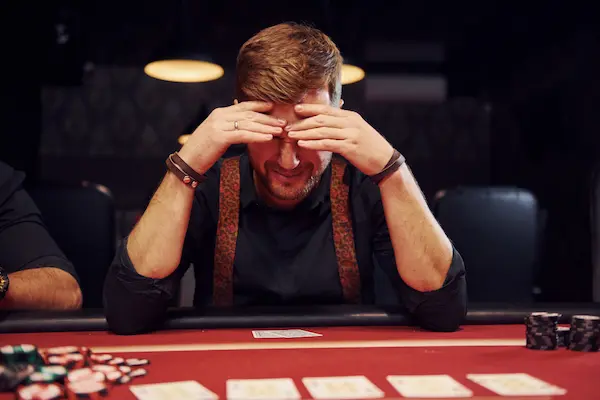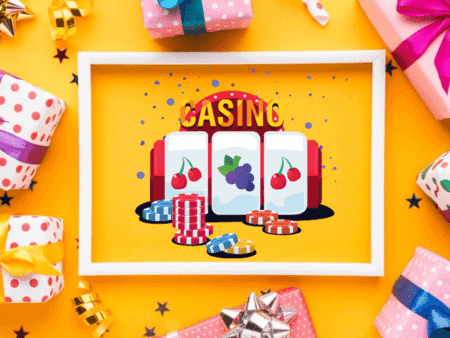Estimated reading time: 7 minutes
Poker players know that mastering the art of bluffing is a crucial skill in the game. It’s a technique that can help players win a hand even when they don’t have the strongest cards. Bluffing can be risky, but when done correctly, it can be a game-changer. In this blog post, we’ll delve into the poker world and explore the intricacies of bluffing. We’ll look at what it means to bluff, how to detect a bluff, and, most importantly, how to execute a successful bluff. We’ll discuss the different types of bluffs and provide tips on how to improve your bluffing game. We’ll also explore the mental aspect of bluffing and how to maintain a calm and collected poker face. Whether you’re a pro poker player or a newbie, this post will provide practical advice and insights on how to bluff your way to success.
Understand the purpose of bluffing.
In Poker, having a strong “Poker Face” is essential to becoming a successful player. One of the key elements of a good Poker Face is the art of bluffing. Bluffing is making other players believe you have a stronger hand than you actually do. It’s a technique used by both beginners and seasoned players alike, and it can be a powerful tool in your arsenal. However, before you start bluffing, it’s essential to understand its purpose. Bluffing is not simply tricking your opponents into thinking you have a more substantial hand. Rather, it’s about manipulating the situation to your advantage and strategically making moves to help you win the hand. By mastering the art of bluffing and understanding its purpose, you can improve your Poker Face and become a formidable player.
Control your body language.
Controlling your body language is essential as a key component of mastering the art of bluffing in Poker. Your body language can give away crucial cues and hints about the strength of your hand, which can lead to your opponents predicting and counteracting your strategy. Maintaining a consistent and neutral “poker face” is critical to keeping your opponents guessing and maintaining your competitive edge. This means avoiding any sudden movements, avoiding eye contact, and keeping your reactions to a minimum. By controlling your body language and minimizing any telltale signs of nervousness or excitement, you can maintain your composure and keep your opponents guessing, ultimately increasing your chances of success in the game.

Use timing to your advantage.
One of the most important aspects of mastering the art of bluffing, or maintaining a strong Poker Face, is knowing when to time your actions. Timing can play a critical role in shaping your opponent’s perception of your hand and, ultimately, the game’s outcome. For instance, waiting to make a bet until the final rounds of the game may lead your opponents to believe that you have a strong hand, causing them to fold. Alternatively, bluffing early in the game may lead your opponents to underestimate your skills and become more willing to bet against you later on. Therefore, it is essential to pay attention to the timing of your actions and use them to your advantage. With practice and experience, you can master the art of timing and successfully bluff your way to victory.
Choose the right opponent.
Bluffing is an important skill in the game of Poker that can create or break a player’s success. One key aspect of mastering the art of bluffing is choosing the right opponent. This means understanding your opponent’s tendencies, playing style, and level of experience and skill. It’s important to choose opponents who are susceptible to bluffing and those who you have some level of control over. This can be achieved by studying the player’s body language, facial expressions, and betting patterns. By selecting the right opponents and using your “Poker Face” effectively, you can increase your chances of success at the table.
Practice, practice, practice.
In the game of Poker, mastering the art of bluffing is crucial for achieving success. One key aspect of bluffing has a strong “Poker Face,” or the ability to maintain a neutral expression and hide any tells that may give away the strength or weakness of your hand. While some may think having a natural talent for maintaining a Poker Face is all required, this couldn’t be further from the truth. Like any skill, maintaining a neutral expression takes practice and dedication. Practicing your Poker Face in various situations and with different people is important to become comfortable and confident in your abilities. Remember, the more you practice, the more natural and effortless your Poker Face will become, increasing your chances of successfully bluffing your opponents and winning big.
In conclusion, mastering the art of bluffing in Poker is not easy and requires a great deal of experience, knowledge, and skill. However, with dedicated practice and a clear understanding of the psychology behind it, players can improve their ability to bluff effectively and gain an edge over their opponents. It is important to remember that bluffing should be used sparingly and strategically, and players should always be aware of the risks involved. By incorporating the tips and techniques discussed in this post into their gameplay, players can take their poker game to the next level and increase their chances of success at the table.
| Section | Description |
|---|---|
| Poker Face: Mastering the Art of Bluffing | This article explores the importance of bluffing in poker and provides insights and practical advice on mastering the art of bluffing. It discusses the purpose of bluffing, the significance of controlling body language, the role of timing in bluffing, selecting the right opponents, and the importance of practice. |
| Understand the purpose of bluffing | Bluffing is not just tricking opponents into thinking you have a strong hand. It’s about manipulating the situation strategically to your advantage and winning the hand. |
| Control your body language | Controlling body language, maintaining a consistent and neutral “poker face,” and minimizing tells are crucial in bluffing. These actions help keep opponents guessing and maintain a competitive edge. |
| Use timing to your advantage | Timing is essential in bluffing to shape opponents’ perception of your hand. Waiting to bet until the final rounds may lead opponents to believe you have a strong hand, while bluffing early can make them underestimate your skills. Paying attention to timing and using it strategically can help you bluff successfully. |
| Choose the right opponent | Selecting opponents who are susceptible to bluffing is key. Understanding their tendencies, playing style, and level of experience helps in identifying opponents you can have some control over. Observing their body language, facial expressions, and betting patterns can aid in choosing the right opponents to increase your chances of success. |
| Practice, practice, practice | Mastering bluffing and maintaining a strong “Poker Face” requires practice. Practicing in various situations and with different people helps you become comfortable and confident. The more you practice, the more natural and effortless your Poker Face becomes, increasing your chances of successfully bluffing opponents and winning. |
| Conclusion | Bluffing in poker requires experience, knowledge, and skill. Understanding the psychology behind bluffing and incorporating tips like having a strong “Poker Face,” controlling body language, using timing effectively, choosing the right opponents, and practicing can enhance your bluffing abilities and give you an edge at the poker table. |
Bluffing in poker refers to the act of making other players believe that you have a stronger hand than you actually do. It is a strategic technique used to manipulate the situation to your advantage and potentially win the hand.
Controlling your body language is crucial in bluffing because it prevents your opponents from picking up cues and hints about the strength of your hand. By maintaining a neutral “poker face,” avoiding sudden movements, and minimizing reactions, you can keep your opponents guessing and maintain your competitive edge.
Timing plays a vital role in bluffing because it shapes your opponents’ perception of your hand and influences the outcome of the game. Knowing when to make a bet, such as bluffing early or waiting until the final rounds, can affect how your opponents react and increase your chances of success.
Choosing the right opponent is crucial in bluffing because not all players are equally susceptible to being bluffed. By studying your opponent’s tendencies, playing style, and level of experience, you can identify those who are more likely to fall for a bluff. Selecting the right opponents and using your “Poker Face” effectively can enhance your chances of success at the poker table.

Eddi Cole
Table of Contents
















